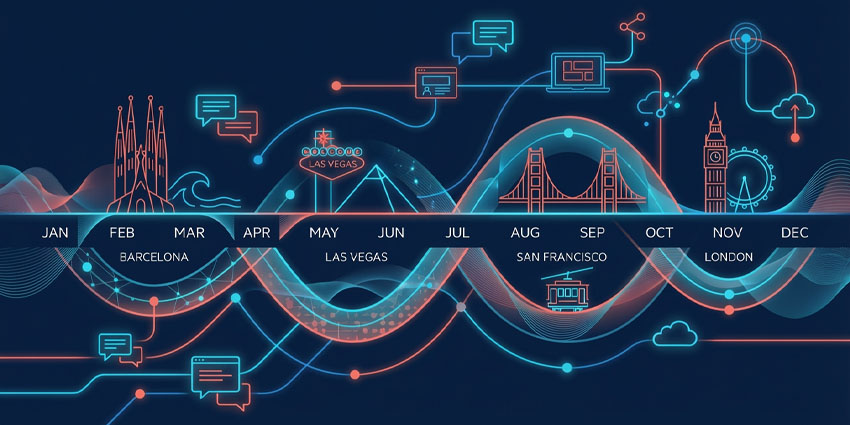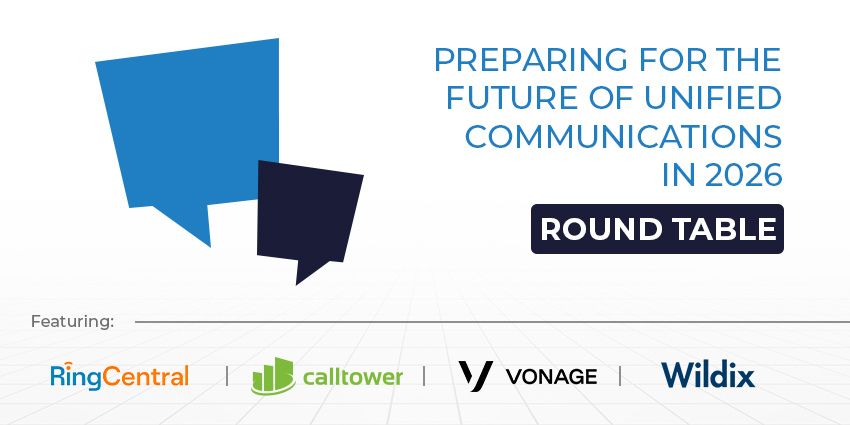When was the last time you told a customer you were under-performing?
Pause. Silence. Cue: tumbleweed.
Don’t worry, it’s unlikely you are alone.
Fessing-up that your organisation is failing to deliver in the way it promised pre-sales is, understandably you might argue, just way too risky.
After all, KPIs are king right?
Network downtime; call re-routing glitches; below par fault rectification – they all need to be quietly swept under a very large carpet, don’t they?
Repeatedly, if needs be.
Well, maybe not.
What if your strategy pivoted towards a more honest, transparent, proactive approach designed to promote the kind of trust between you and your customers that actually renders them more sticky, not less.
In those circumstances – and brace yourself, here it comes – you would need to tell the truth.

You would need your engineers and your techies to harvest the dry, complex data; you would need your service teams to interrogate and contextualise it; and you would need your account managers to package it all up into an engaging presentation that reveals the positive opportunities concealed deep within it.
And THAT’S where performance reporting gets REALLY interesting.
“Good reporting drives conversations, conversations build stronger relationships, and stronger relationships reduce churn,” says Richard Thomas, founder and CEO of UK disruptor in the space, Highlight.
“Visibility of performance shouldn’t be a purely operational process which informs either just the provider or just the customer.
“When dual responsibility exists, both parties benefit. There’s no finger pointing: just transparent analysis designed only to surface issues that are detrimental AND to co-produce a solution.
“It’s about value add – for provider AND customer”
Not that performance reporting is new.
All organisations analyse their output on a weekly, daily, sometimes even hourly basis.
But the data is usually derived and curated only by operational teams charged with slavishly delivering those contractual KPIs – and with them often defaulting to a quiet concealment strategy if the numbers aren’t good.
Perish the thought that they might share them with the customer’s account manager.
And even if they did, they are likely to lack the tools to do so in the kind of clear, understandable and engaging way that could spark and then brilliantly-inform those (mutually beneficial) conversations.
“The data is almost always accurate but it’s all about how it is packaged and presented,” says Highlight’s Sales Director, Bimal Modha.
“We collect performance information and convert it into a visually-engaging and easy to interpret sets of reports that are shared simultaneously with the provider and their customer.”
“Our customer is generally the provider and the end game is always about them being able to provide a better service to their customers and their customers’ end users. Bundling our product into their wider offering is a powerful way for a provider to demonstrate to a customer that they are not selling and then running away. It shows they want to be a full, long-term partner in their customer’s success and that they are prepared to put their performance where their mouth is.
“The visibility and the analysis is provided via a portal that is easy to use for both parties and obviously we are also a third partner in the process and are always on hand to support and help.”
In practice, it means both parties having a simultaneous, real-time and long-term view of network functionality and efficiency: traffic levels, seeing issues as they arise, timings and patterns of reduced performance – all presented in a visually-impactful way and in a language even CEOs will understand.
The consequence? More honesty, more trust, more efficiency, and maybe even more upselling to boot.
And, with the post-pandemic hybrid model likely to result in increased numbers of end points, more reliance on remote 4G connections, and increased homeworker FTTP connectivity, performance is a play likely to punch way above its weight going forward.







